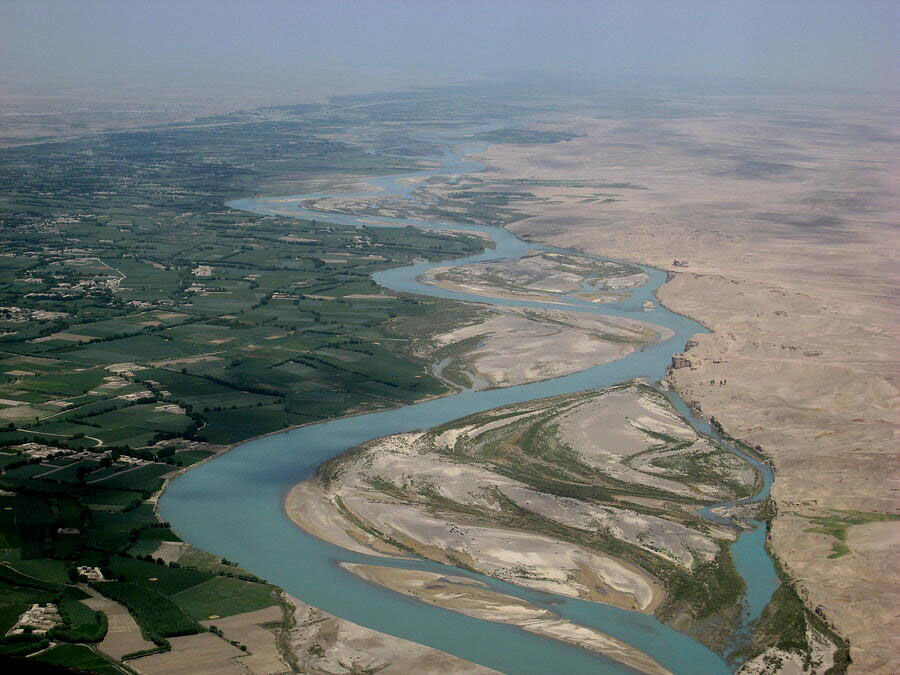Iran blames Afghanistan’s inconsistent decisions for Hamoun wetland’s critical condition

TEHRAN – An Iranian MP has said a lack of inconsistency among decisions made by Afghan rulers has caused a serious problem in resolving the Hamoun wetland’s critical condition.
Many decisions have been made so far regarding the Hamoun wetland’s water rights and officials in Afghanistan have made promises in this regard, IRIB quoted Fada-Hossein Maleki as saying.
However, decisions that are made by government officials in Kabul are not consistent with decisions that are made by local officials in Kandahar or Nimroz provinces, he said.
“Recently, messages have been sent indirectly from Kandahar, the Taliban's seat of power, to us and we have positively replied to the messages.”
The Hamoun wetlands, which once supported broad plant and animal diversity and were the main source of the region’s economic viability, have nearly dried up due to climate change, dam construction, and other poor water management practices. This has led to large population migrations and a high unemployment rate.
In January, Arezoo Ashrafizadeh, director of the office for wetlands at the Department of Environment, said Hamoun wetland’s dryness is a transnational issue that involves both Iran and Afghanistan.
“Natural ecosystems do not know borders and countries, and all countries must adhere to its guidelines. The inflow of water from Afghanistan depends on the flood and we want this water to pass through the natural path,” she said.
The consequences of the drying-up Hamoun will affect both countries and the region, and will lead to problems such as sand and dust storms, she lamented, expressing hope that the problem will be solved through water diplomacy and the pursuit of responsible institutions.
Iran-Afghanistan water dispute
The Hamouns are transboundary wetlands on the Iran-Afghan border made up of three lakes: Hamoun-e Helmand, which is entirely in Iran, Hamoun-e Sabari on the border, and Hamoun-e Puzak, almost entirely inside Afghanistan. The three lakes are linked and fed by water from the Helmand River which starts in the Hindu Kush Mountains in Afghanistan.
In 1950, Iran and Afghanistan created the Helmand River Delta Commission with the task of measuring and dividing river flow between the two countries. In 1951, the Helmand River Delta Commission presented its report, recommending that Iran’s share of the Helmand waters amount to twenty-two cubic meters per second. Iran, however, rejected the report, asking for a larger share.
Iran's special envoy for Afghanistan Hassan Kazemi Qomi has said the Taliban officials had agreed to commit themselves to Iran's water rights in accordance with the existing agreement, Tasnim reported on Sunday.
The Iranian representative quoted Kabul officials as saying, “They stressed that the water issue must be implemented as stated in the (1973) agreement. In our return to Kabul, we will seek to work within the framework of that agreement.”
Meanwhile, Taliban spokesman Zabihullah Mujahid said on February 10 that he was satisfied with good relations with Iran, adding that the Taliban administration is committed to Iran's water rights.
Mujahid said that there has been a drought in Afghanistan in recent years, so if there is enough water on the Afghan side, Iran will definitely benefit from this water according to the existing agreements.
MG
Leave a Comment